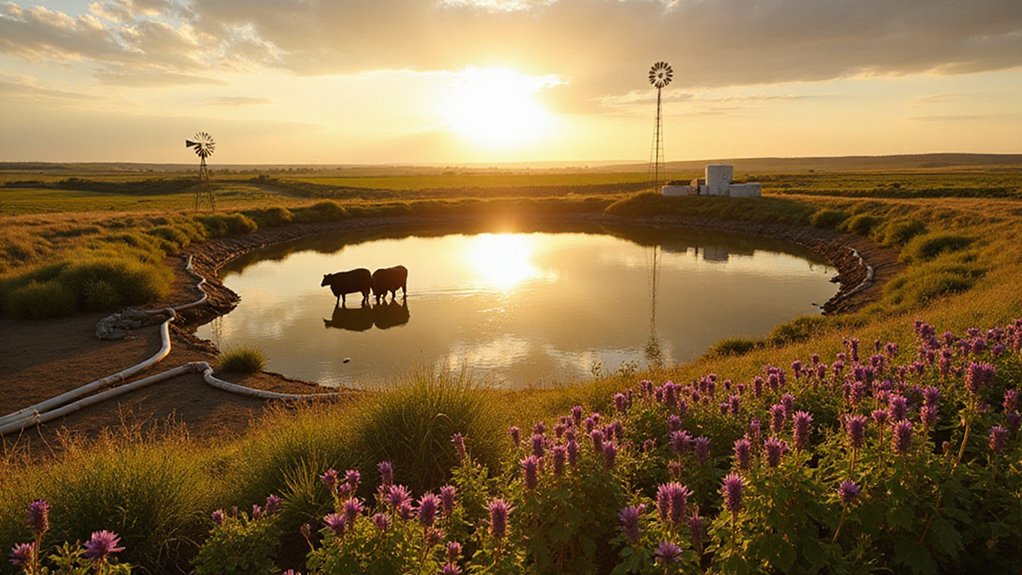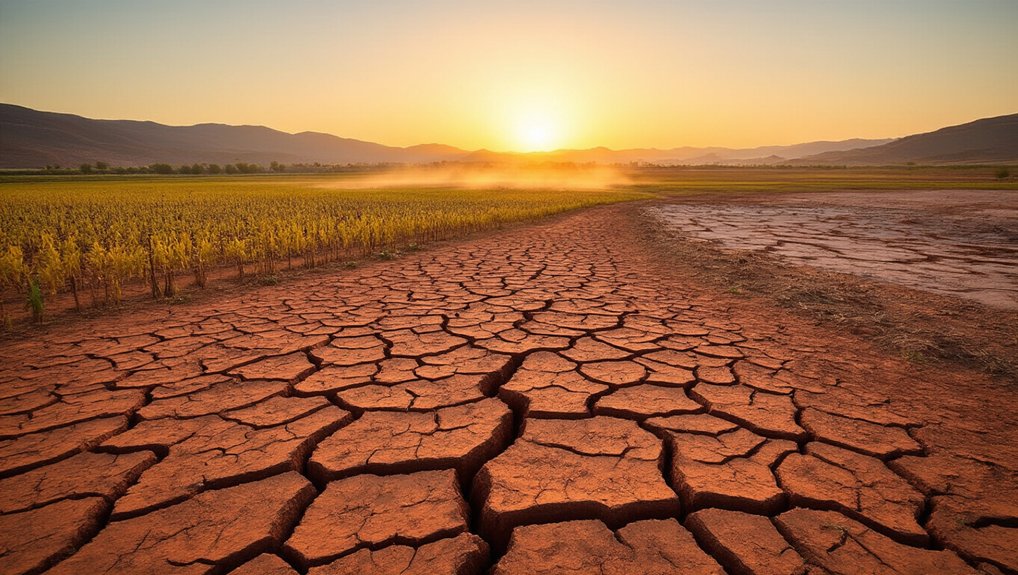PG&E wants to tear down two century-old dams on the Eel River at a cost of $530 million. The Cape Horn and Scott Dams have diverted water from the Eel River to the Russian River basin for over 100 years. That water now serves about 600,000 people and farms in Sonoma and Marin counties.
The utility company filed its demolition request with federal regulators in July 2025. If approved, the work would start in late 2028. The dams stopped making electricity in 2021 when PG&E shut down the powerhouse. PG&E has determined the project is financially unfit for continued power generation.
Removing the dams would open hundreds of miles of river for salmon and other fish that haven’t swum there in more than a century. But it would also cut water supplies for communities that depend on the diverted water. Many residents worry about higher water bills and less water for their homes and farms.
PG&E’s plan includes keeping some pipes and structures to move water between the river basins. But the amount of water transferred would drop considerably. Local agencies are scrambling to find solutions before the dams come down. Some communities are exploring geothermal energy as a sustainable alternative that would provide reliable power without weather-dependent interruptions.
Federal, state, tribal, and local officials have spent years negotiating what they call a “two-basin solution.” They’re trying to balance the needs of both river communities. Humboldt County recently approved an agreement to help maintain some water transfers after the dams are gone. The agreement includes plans to transfer PG&E’s water rights to the Round Valley Indian Tribes, who will lease them back for annual payments of $750,000.
The Scott Dam removal would happen quickly, sending about 12 million cubic yards of mud and sediment downstream over two years. Scientists are studying how this might affect fish and river habitats downstream.
Environmental and tribal groups say removing the dams is essential for saving the Eel River’s cold-water ecosystem. They believe restoring fish migration routes will help endangered salmon populations recover.
The Federal Energy Regulatory Commission will review PG&E’s proposal for at least two years. During this time, the public can submit comments about the project. A new local agency might take over some facilities to keep water flowing to communities that need it.
References
- https://www.sfchronicle.com/climate/article/two-dams-northern-california-razed-pg-e-plan-20786824.php
- https://lostcoastoutpost.com/2025/jul/22/dam-removal-coming-soon/
- https://eelriver.org/2025/02/10/draft-dam-removal-plan-release/
- https://eelriver.org/programs/eel-river-dam-removal/
- https://www.pge.com/en/newsroom/currents/hometowns/pg-e-submits-to-ferc-the-surrender-application-and-decommissioni.html








